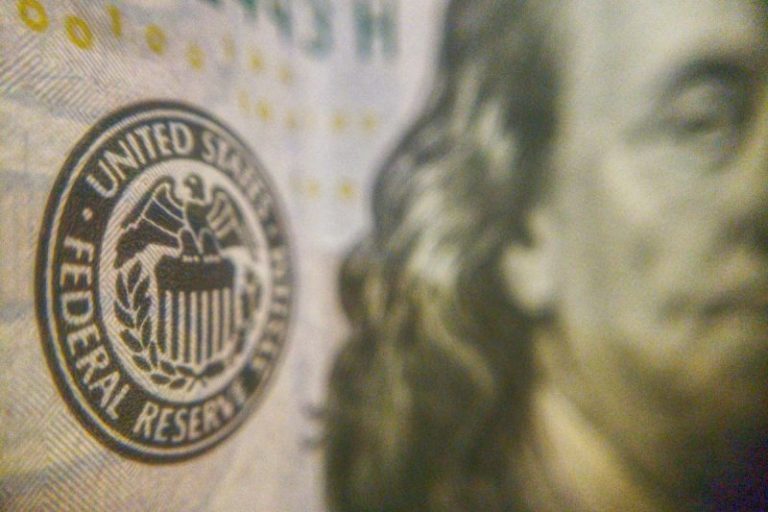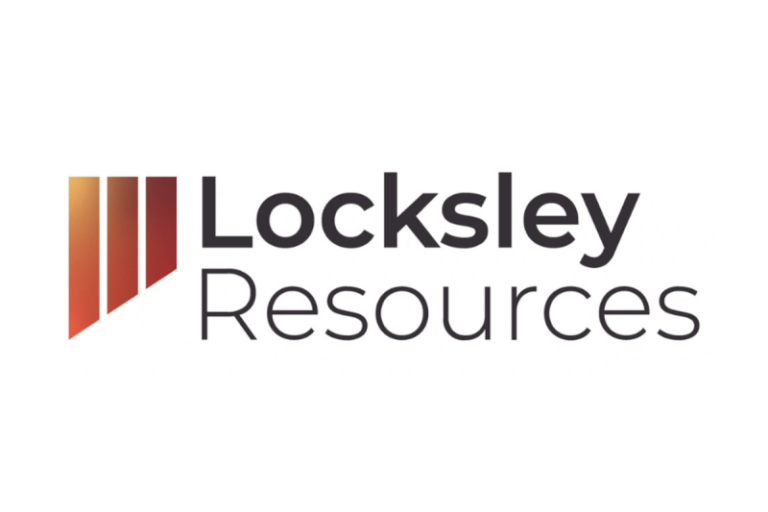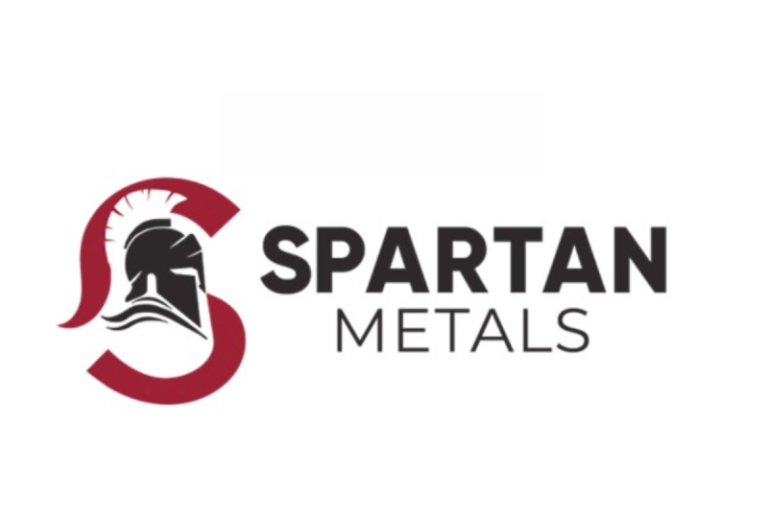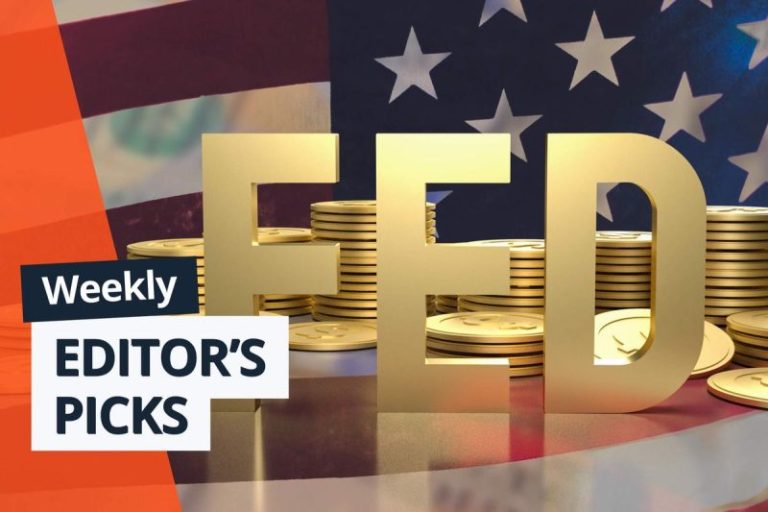2026 is poised to be transformative for uranium as tightening supply converges with robust demand from new reactor builds and life extensions, plus data center construction and a broader shift to clean energy.
Despite these tailwinds, the U3O8 spot price remained muted for most of 2025, locked between US$63 and US$83 per pound; meanwhile, long-term contracting prices spent the majority of the year inching incrementally higher.
For Justin Huhn of Uranium Insider, the long-term contracting price rise paired with a V-shaped recovery exhibited by equities during the second half of the year has set the stage for bullish growth.
“In the background, the long-term U3O8 price, the three year forward, the five year forward price are all moving up. In fact, the long-term price is up from US$80 to US$86 on the year. That’s a very nice move.”
He went on to explain that long-term uranium pricing usually goes through periods of stagnation, followed by strong upward moves. This trend can be seen in how the long-term price has performed over the last five to six years, with stagnation lasting between eight and 15 months before eight to 12 months of higher prices set in.
“As far as we can tell, we’re in month three of a higher move,” said Huhn.
“We think it’s going to breach US$90 and probably push US$100 on this move that will happen next year.”
With uranium still far from its 2016 bottom, he believes the sector “has a huge runway,” adding that small caps remain largely overlooked, but “will have their day” once the commodity itself finally breaks higher.
Strong reactor growth — not AI hype — to drive long-term demand
In 2024, worldwide uranium production met 90 percent of global demand, with the remaining 10 percent likely made up of stockpiled material. At the same time, global nuclear expansion is accelerating quickly, according to the latest World Nuclear Association outlook. From 398 gigawatts electric (GWe) of installed nuclear capacity this past June, the organization’s reference scenario shows capacity nearly doubling to 746 GWe by 2040.
More aggressive growth could push that figure to 966 GWe, while a slower buildout still reaches 552 GWe.
This rapid growth has major implications for uranium demand.
Reactors are expected to consume about 68,900 metric tons (MT) of uranium in 2025. By 2040, requirements will more than double to just over 150,000 MT in the reference case, and could exceed 204,000 MT in the high-growth scenario. Even the low case sees demand topping 107,000 MT, underscoring the sector’s long-term structural pull on supply.
On that note, Lobo Tiggre, CEO of IndependentSpeculator.com, cautioned investors not to lose sight of uranium’s core driver — dependable, round-the-clock electricity.
“The use case is baseload power,” he said. “There’s no substitution, and the world is building like gangbusters.”
He argued that data center construction and electric vehicle (EV) adoption are just an added boost, not the backbone, and that headlines about AI or data center growth may be distracting from the foundation of the uranium thesis.
“If the EV story completely went away, it wouldn’t undo the thesis for uranium,” Tiggre said. “It would remove a tailwind, not the base story.” And despite political noise in the US, he believes the global shift to EVs remains intact.
He sees AI demand as similar: a powerful tailwind that strengthens the case for nuclear, but doesn’t define it.
When asked how meaningful near-term demand from new reactors and extensions could be — and when utilities will need to accelerate contracting — Gerardo Del Real, publisher at Digest Publishing, didn’t hesitate.
“How material? Very material,” he said.
But he cautioned that utilities remain “the slowest actors, always,” even as long-term contract prices have climbed “US$8 to US$10 above spot.” That contract price, he noted, is the real signal to watch. Because fuel makes up such a small share of a utility’s total operating costs, “they can afford to sign at US$120 or even US$130,” he said — levels that are far more consequential for producers and developers than for reactors themselves.
While some utilities have begun stepping in at higher prices, Del Real said the aggressive contracting many expected a year ago still hasn’t materialized. “I don’t think we’ll really see that until 2026,” he said.
Del Real said the uranium market is being driven by a mix of fundamentals and sentiment, and right now, the psychological lift from the tech boom is hard to ignore. While he doubts every AI-era data center plan will be built, the expert argued that even partial follow-through could massively expand power demand. If tech companies deliver “35 to 50 percent of their promises,” Del Real said, the energy needs would be “absolutely spectacular.”
That surge would hit an already-tightening market. He noted that the uranium sector is on track for a major supply deficit by 2026, a shortfall that he now believes is accelerating.
This sentiment was reiterated by Huhn, who explained that while broader narratives like AI and data center growth have been loosely tied to uranium, they don’t fundamentally alter the thesis for rising prices.
“If we see CAPEX pull back and growth slow, could that narrative impact us? Absolutely. But once prices start moving, uranium will carve out its own story,” he said. In his view, the real driver is the de-risking of existing reactors.
‘So instead of data center demand quadrupling by 2030, if it only doubles, we’re still going to see the de-risking of the existing operating reactors of the world, in particular in the countries that have expansion of data centers, which is most of the modern countries, but especially in the US, especially in China.”
Looking ahead, Huhn stressed that while new US reactors could eventually boost fuel demand in the early 2030s, utilities are already securing long-term contracts today.
“So the market for those reactors exists now,” he said. “As we enter 2026, attention will be everywhere.”
Aging uranium mines threaten supply security
Global uranium production is expected to climb over the next decade, but is seen struggling to meet demand.
The Australian government’s latest Resources and Energy Quarterly report projects that world uranium supply will rise from roughly 78 million MT in 2024 to about 97,000 MT by 2030, fueled by output expansions in Kazakhstan, Canada, Morocco and Finland — a roughly 24 percent increase over six years.
Industry experts also forecast a modest compound annual growth rate of 4.1 percent through 2030, with output reaching around 76,800 MT, reflecting expansions at major producers, including Kazakhstan and Canada.
Yet beyond 2030, many existing mines are expected to plateau or decline unless new projects come online, highlighting the critical need for timely investment to meet the fuel demands of the world’s growing nuclear fleet.
Future supply was a concern raised by Huhn, who underscored the challenges inherent in uranium mining.
“Mining is hard,” he said, pointing to Cameco’s (TSX:CCO,NYSE:CCJ) struggles at MacArthur River as it transitions to a new phase of the mine. The company has experienced mill downtime and production setbacks, yet still aims to deliver 15 million pounds of uranium in 2025, down from its typical 18 million. “These are very complicated underground mines with high-grade ore,” Huhn noted, emphasizing the operational complexity.
Huhn also highlighted long-term concerns: “Cigar Lake will be offline in 10 years, MacArthur River in 15. The two biggest projects that the industry relies on are finite. They need replacements if they intend to stay in uranium mining.”
Regarding Kazatomprom, he said the company is adopting a “value over volume” approach, focusing on responsible management of legacy assets while balancing joint ventures with Russia and China.
However, many of its projects are expected to peak over the next five years, with steep decline rates looming in the 2030s. Huhn warned: “Both (major miners) have pipeline problems into the 2030s. Without new development, the market will struggle to balance supply with the surging demand ahead.”
To facilitate this growth, Huhn stressed that uranium prices will need to stay elevated to incentivize the capital expenditures required to meet long-term demand.
“Looking at what the world will need to supply 250 million to 300 million pounds a year in about 10 years, we’re probably going to need prices in the US$125 to US$150 range, and they’ll need to stay there for a while,” he said.
Huhn added that short-term spikes aren’t enough.
“A spike to US$200 and then falling back to US$100 doesn’t do much for the industry,” he explained, noting that commodities cycles tend to overshoot on both ends. “Even in past cycles, prices fell below production costs — like when spot was US$30 a pound, but most low-cost producers were at US$40 to US$50. When the market recovers, the upside is usually much higher than the incentive price.”
Bullish uranium outlook meets real risks
Tiggre sees a bursting AI bubble as a possible threat to uranium’s upward price movement.
“There’s going to be a lot of companies that blow up,” he said. “There’s a significant chance that we get a major market event based on the AI bubble popping, and there will be a lot of panic selling of everything related. And unfortunately, that’s going to smack uranium too, because it has become an AI play now.”
Tiggre believes an event like this would be a strong buying opportunity, and while he doesn’t want to see people impacted by bubble burst, he urged investors to be prepared.
“I’ll be gleefully in the market when it puts something on sale, something you know is valuable. When the market offers it at a discount, and nothing else has changed, that’s an absolute gift,’ he said.
‘Opportunities like that don’t come often. Fluctuations happen, but a genuine sale on something you want for all the right reasons — that’s what makes fortunes for those with the courage to act.”
For 2026, Huhn sees utilities as the key driver for uranium prices. “I’m really looking at the utilities more than anything in the physical market, because that dictates everything else,” he explained.
While uranium equities have drawn attention, including meme-stock-like surges, Huhn is focused on the underlying commodity. He also pointed to a standoff, noting that major uranium producers like Cameco are seeking market-reference contracts with high ceilings, signaling confidence in rising prices, while utilities — still adjusting from reactor restarts and long-term power agreements — are testing the waters with small tenders.
“(Producers) want market reference with ceilings at US$130 to US$140, so that should tell all of us where the biggest players in the industry believe the price is going,” said Huhn. “Once we see the big utilities step up and sign these large contracts at the prices producers want, then it’s game on,” he emphasized, predicting a rapid price reset that could potentially push uranium from around US$75 to US$100 over a few months.
Looking down the pipeline, Del Real said he’s keeping a close eye on junior uranium companies, which he believes offer some of the biggest upside in the sector.
“If you know the management teams and can access these deals early, you can do spectacularly well,” he said, citing his firm’s early investment in North Shore Uranium (TSXV:NSU) as an example.
While he acknowledged the high risk involved, Del Real argued that in the current volatile market, well-chosen juniors can rival larger producers in potential returns, particularly when strategic financing and timing align.
Securities Disclosure: I, Georgia Williams, hold no direct investment interest in any company mentioned in this article.
This post appeared first on investingnews.com










